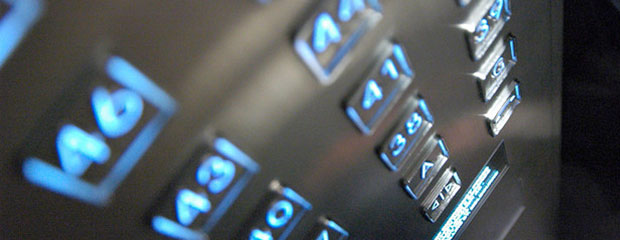"designing for behavior change" entries

The 3 best experience design things we saw this week – April 3, 2015
Designing for discomfort, redesigning death, and a civic-human interface.
Our design editors curate the most notable, interesting, and important material they come across. Below you’ll find their recent selections.
Get the weekly design newsletter to see more links and tips.
Designed for discomfort
An elevator delivers you one floor below the floor you requested. A keyholder drops your bike lock key to the ground when you grab your car keys. A lampshade gradually closes unless you to touch it to retain illumination. These are not design flaws; they’re just a few examples of products designed to encourage behavior change.
 Source: Cropped image by Gideon Tsang on Flickr
Source: Cropped image by Gideon Tsang on Flickr

Three strategies for designing for behavior change
Behavioral design strategies provide high-level direction for how a product should be designed.
Editor’s note: This is an excerpt from our recent book Designing for Behavior Change, by Steve Wendel. This excerpt is included in our curated collection of chapters from the O’Reilly Design library. Download a free copy of the Experience Design ebook here.
How can a product help its users pass all the way through the Action Funnel and actually take action? There are three big strategies that a company can choose from to change behavior and help users take action. Two of them come straight from the research literature and from the difference between deliberative and intuitive actions. The third is less obvious, but immensely powerful — it’s called cheating.The conscious, deliberative route is the one that most of us are familiar with already — it entails encouraging people to take action, and them consciously deciding to do it. Users have to pass through all five stages of the Action Funnel, and often spend considerable time on the conscious evaluation stage.
The intuitive route is a bit more complex. Recall from Chapter 1 that our lightning-fast, automatic, and intuitive reactions arise from a mix of various elements: associations we’ve learned between things, specific habits we’ve built up, our current mindset, and a myriad of built-in shortcuts (heuristics) that save our minds work but can lead us astray. Of these, habits are the most promising route to developing a sustainable path to behavior change because there are clear, systematic ways to form them. And once they are formed, they allow the user to pass effortlessly through two of the stages of the Action Funnel — the conscious evaluation and the assessment of the right timing for action. Read more…
